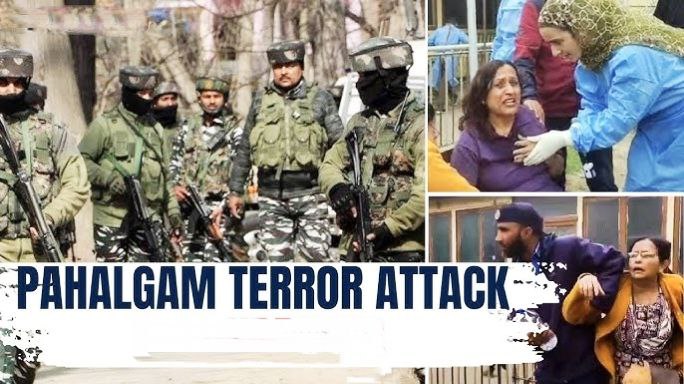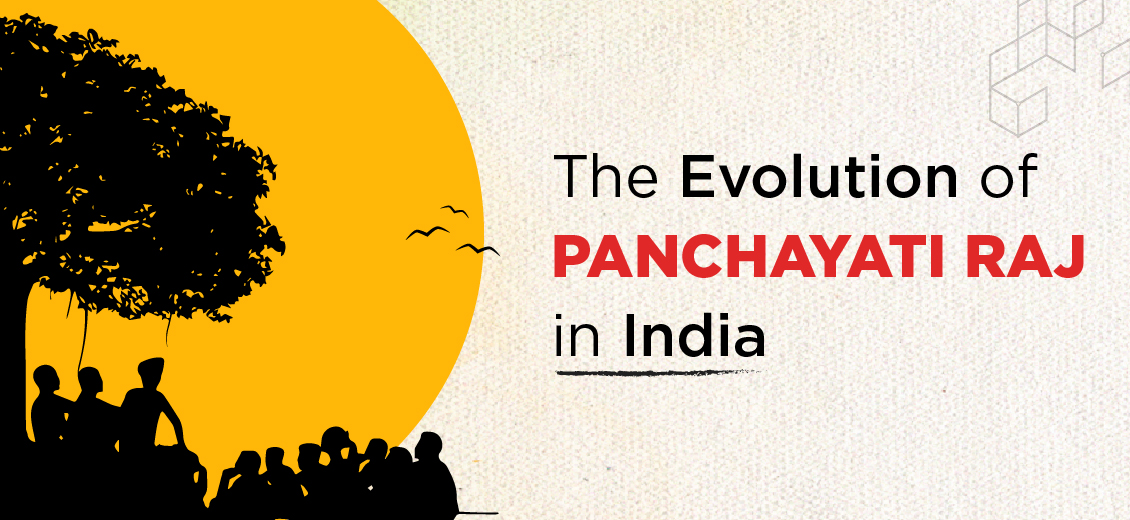Zilla Parishad : Composition And Function

The Zila Parishad is the apex body in the three-tier Panchayati Raj system in India, functioning at the district level. It plays a crucial role in rural governance and development, overseeing the activities of the Panchayat Samitis and Gram Panchayats within its jurisdiction. The Zila Parishad is instrumental in coordinating and implementing development programs and policies at the district level.
Composition of Zila Parishad
The composition of the Zila Parishad generally includes:
1. Elected Members
- Members: The Zila Parishad consists of elected representatives from the Panchayat Samitis within the district. Each Panchayat Samiti elects its representatives to the Zila Parishad. The number of members varies based on the district’s population and size.
- Chairperson (President): The Chairperson, also known as the President, is elected from among the elected members of the Zila Parishad. The Chairperson leads the Zila Parishad and presides over its meetings.
- Vice-Chairperson (Vice-President): The Vice-Chairperson assists the Chairperson and acts in their absence.
2. Ex-Officio Members
- Members of the Legislative Assembly (MLAs): MLAs representing constituencies within the district are ex-officio members of the Zila Parishad. They participate in discussions but generally do not have voting rights.
- Members of Parliament (MPs): MPs from the district may also be ex-officio members, providing input and participating in Zila Parishad meetings.
3. Appointed Officials
- District Collector (District Magistrate): The District Collector, a senior government officer, acts as the ex-officio Chief Executive Officer of the Zila Parishad. The Collector plays a critical role in coordinating development efforts and ensuring the implementation of government policies at the district level.
- Other Officials: Officials from various departments, such as agriculture, health, and education, may also be involved, providing technical expertise and support.
4. Reserved Seats
- Scheduled Castes (SCs) and Scheduled Tribes (STs): Seats are reserved for SCs and STs in proportion to their population in the district.
- Women: At least one-third of the seats are reserved for women, including those from SCs and STs.
Functions of Zila Parishad
The Zila Parishad performs a range of functions related to administration, development, and governance:
1. Developmental Functions
- Planning and Implementation: The Zila Parishad prepares and implements development plans for the district. This includes infrastructure projects, rural development programs, and social welfare initiatives.
- Executing Government Schemes: Oversees the implementation of central and state government schemes such as the Mahatma Gandhi National Rural Employment Guarantee Scheme (MGNREGS), Pradhan Mantri Awas Yojana (PMAY), and Swachh Bharat Abhiyan.
- Infrastructure Development: Manages and develops district-level infrastructure, including roads, bridges, irrigation systems, and public buildings.
2. Administrative Functions
- Coordination with Panchayat Samitis: Coordinates with Panchayat Samitis to ensure that development programs are implemented effectively at the block level.
- Supervision: Monitors the performance of Panchayat Samitis and Gram Panchayats, ensuring compliance with government policies and regulations.
- Maintenance of Public Utilities: Oversees the maintenance of essential public utilities such as water supply, sanitation, and public health facilities.
3. Regulatory Functions
- Regulation of Markets and Fairs: Regulates and manages local markets, fairs, and bazaars within the district.
- Licensing and Permits: Issues licenses and permits for various activities and businesses operating in the district.
4. Welfare Functions
- Social Welfare Programs: Administers social welfare programs targeting vulnerable groups, including women, children, elderly, and marginalized communities.
- Poverty Alleviation: Implements programs aimed at reducing poverty and improving the standard of living for rural populations.
5. Judicial Functions
- Dispute Resolution: In some states, the Zila Parishad may be involved in resolving disputes through Nyaya Panchayats or similar quasi-judicial bodies.
6. Financial Functions
- Budgeting and Fund Allocation: Prepares the annual budget for district-level activities and allocates funds to various projects and programs. The budget is subject to approval by the Zila Parishad.
- Revenue Collection: Collects certain taxes and fees, including those related to markets and public services, and ensures proper utilization of funds for development purposes.
7. Coordination with State Government
- Implementation of State Policies: Acts as a bridge between the state government and the local level, ensuring that state policies and programs are implemented effectively in the district.
- Reporting and Feedback: Provides feedback to the state government on the implementation of policies and development programs and reports on the district’s progress.
Significance of Zila Parishad
The Zila Parishad is crucial for effective decentralized governance and development at the district level. Its significance includes:
- Central Role in Rural Development: It plays a central role in planning and executing development projects, ensuring that they meet local needs and priorities.
- Coordination of Block-Level Activities: It coordinates the activities of Panchayat Samitis, ensuring that block-level initiatives align with district-level objectives.
- Participatory Governance: Provides a platform for elected representatives to participate in district-level decision-making and governance.
- Implementation of Government Policies: Ensures that central and state government schemes and policies are implemented efficiently and effectively at the district level.
Challenges Faced by Zila Parishad
Despite its important role, the Zila Parishad faces several challenges:
- Financial Constraints: Limited financial resources and dependence on grants from higher levels of government can impact the Zila Parishad’s ability to undertake and sustain development projects.
- Administrative Inefficiencies: Bureaucratic delays, inadequate staff, and lack of technical support can affect the Zila Parishad’s performance.
- Political Interference: Local political dynamics and interference can influence the impartiality and effectiveness of the Zila Parishad.
- Coordination Issues: Effective coordination between the Zila Parishad, Panchayat Samitis, and Gram Panchayats can be challenging, leading to overlapping efforts and inefficiencies.
Conclusion
The Zila Parishad is a vital institution in India’s decentralized governance system, providing oversight and coordination at the district level. By bridging the gap between the state government and local bodies, it plays a crucial role in implementing development programs and policies. Addressing challenges related to finance, administration, and coordination is essential for enhancing the effectiveness of the Zila Parishad and achieving sustainable rural development.














Post Comment